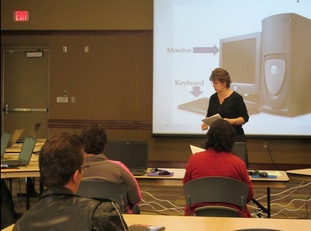
The Admiral explained ten lessons for life using vivid examples from his experiences in SEAL training. Here is a brief summary using his words (in quotation marks) and my interpretation of what he said.
- “If you can't do the little things right, you will never do the big things right.”
- “You can't change the world alone—you will need some help.”
- Nothing matters “but your will to succeed.”
- “Sometimes, no matter how well you prepare or how well you perform”, you are not going to succeed.
- “You will fail. You will likely fail often. It will be painful. It will be discouraging. At times it will test you to your very core.” But it will make you stronger.
- Sometimes you must take risks.
- Deal with obstacles as they arise.
- Be at your best in the darkest moments.
- Have hope and share hope
- Persevere, don’t give up.
My take-away:
Good advice. I can sum up most of these points with one word: grit. Duckworth and associates researched grit and reported their work in the Journal of Personality and Social Psychology in 2007. They defined grit as “perseverance and passion for long-term goals”, “working strenuously toward challenges, maintaining effort and interest over years despite failure, adversity, and plateaus in progress” (pp.1087-1088). In six studies they found grit explained a larger chunk of success than IQ. Grittier individuals achieved higher levels of education sooner, and changed jobs less often. Who gets ahead? People with grit, stick-to-it-ness, perseverance.
I love what the Admiral said and how he said it. What I hear him saying is, “Have grit.”
Image of Navy Seals. U.S. Navy photo by Senior Chief Mass Communication Specialist Andrew McKaskle.
Image from: http://en.wikipedia.org/wiki/File:SEAL_Delivery_Vehicle_Team_(SDV)_2.jpg
Image is public domain and free to use and share.



 RSS Feed
RSS Feed